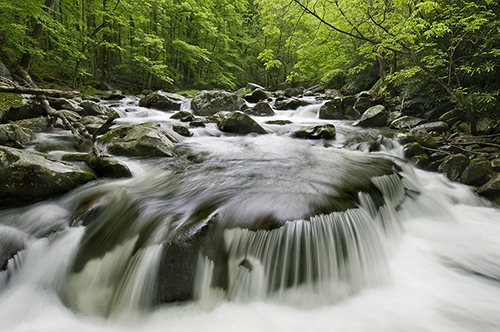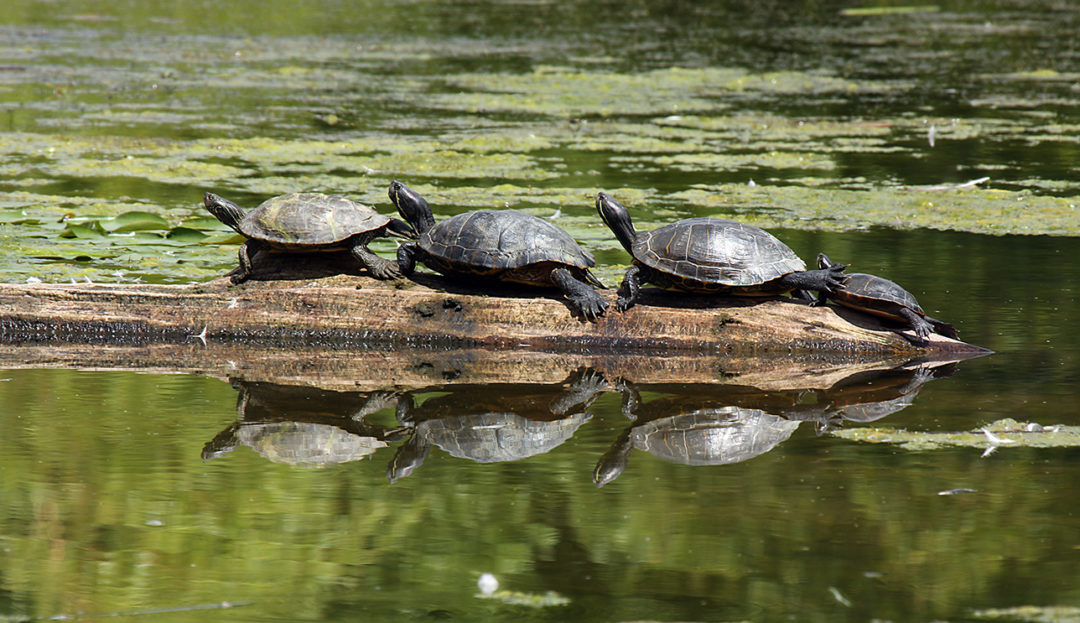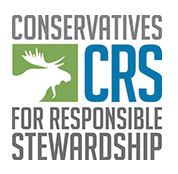Water and Wetlands
In 1972, our nation was plagued by water pollution problems. The water in Ohio’s Cuyahoga River, which famously caught on fire with such intensity that two bridges were destroyed, was described by TIME magazine as follows: “Chocolate-brown, oily, bubbling with subsurface gases, it oozes rather than flows.” The Potomac River was an open sewer, the Missouri was chocked with rancid grease balls as big as oranges, and Lake Erie writhed with sludge worms.
 Thanks to the Clean Water Act, which was passed by Congress in 1972 with a huge bi-partisan majority, today our rivers, streams and lakes are much cleaner. Clean water is a necessity, our health, quality of life, and economic prosperity all depend on it.
Thanks to the Clean Water Act, which was passed by Congress in 1972 with a huge bi-partisan majority, today our rivers, streams and lakes are much cleaner. Clean water is a necessity, our health, quality of life, and economic prosperity all depend on it.
Despite this, there are those who want weaken the Clean Water Act and are diligently working to do so.
At CRS we believe the authors of the Act got it right and produced a law that has served us well for more than 40 years. Allowing special interests to weaken it for profit or convenience would be short-sighted. Everyone who lives, works and plays downstream depends on this law to protect their access to clean water. As President Reagan noted, this and other landmark environmental laws have “promoted liberty by securing property against the destructive trespass of pollution.”
Wetlands
One way special interests are trying to weaken the Clean Water Act is by reducing the types of surface waters that are covered under it. They want to exclude many wetlands and small streams. The most obvious problem with this is that wetlands and small streams flow into large streams, rivers and lakes. It is pretty hard to protect large water bodies without also protecting the smaller ones that feed them.
 Another, is that wetlands are far more important than many realize. In fact, fiscal conservatives should be the strongest advocates for wetland protection and restoration.
Another, is that wetlands are far more important than many realize. In fact, fiscal conservatives should be the strongest advocates for wetland protection and restoration.
Wetlands trap, store, filter and slowly release storm water. In doing so they protect downstream property owners from pollution, flooding and even the impacts of drought. Best of all, they provide these services for free.
When wetlands are lost to development, it inevitably leads to costly infrastructure projects—such as dams, levees, diversion channels, storm sewers, and sewage treatment plant upgrades—which are then needed to perform the same services wetlands had provided at no cost.
Why would any fiscal conservative want to make that swap?
Not only are we on the hook for the initial construction cost of this infrastructure, but also for maintaining it over time. It is a taxpayer burden that never goes away—not for us, not for our children, not for our grandchildren.
Unfortunately, since our nation’s founding more than 50 percent of its wetlands have been lost, and they continue to disappear at a rate of more than 60,000 acres per year. The price of that shortsightedness is becoming more obvious.
The American Society of Civil Engineers estimates that over the next two decades it will cost taxpayers roughly $2 trillion just to maintain the nation’s existing flood control, waste water and drinking water infrastructure.
That fiscal reality is one of many reasons CRS supports the Environmental Protection Agency’s 2015 rule (WOTUS) reaffirming that wetlands and small streams are protected under the Clean Water Act. Another is that, contrary to special interest rhetoric opposing it, this new rule reflects the original intent of those who wrote the law back in 1972–including Republicans who helped craft the rule such as Tennessee Senator and Reagan Chief of Staff Howard Baker.
Baker wisely pointed out: “We cannot expect to preserve the remaining qualities of our water resources without providing appropriate protection for the entire resource.”
CRS Views in the News:
David Jenkins: Proposed Clean Water Rule follows Baker’s vision of stewardship

